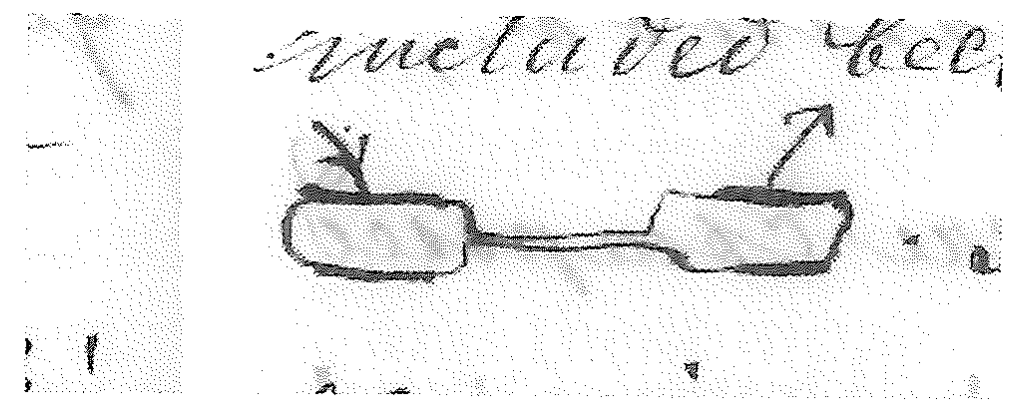Julius Plücker to Faraday 4 August 1860
Bonn 4th. of August | 1860.
My dear Sir!
I thank you for the kind letter of March 29th1 and deeply regret, to learn from it, that your state of health is not a quite satisfactory one. The same told me Prof. Baumert2 of Bonn, who met you at the Oxford Meeting3.
Chevallier Bunsen4 - as he was called when Prussian ambassador in London - who resides now among us, speaks of you with great enthousiasm, remembering with pleasure the happy hours, he passed with you. He charged myself to present to you his respects.
I sent an Abstract of my researches on the electric discharge through evacuated tubes to the Royal Society, October last, to be printed in the Proceedings. Prof. Stokes informed me three months ago, that my paper was either already printed, or would be printed i<line>mediately5. But since I heard nothing about it. I whished I could show you the beautifull coloured lines of the spectra of the different gazes, by which these gazes are fully characterised and chemically analysed. Since Prof. Bunsen examined in the same way the (generally less well defined) spectra of Kalium Sodium, Lithium, Calcium, Strontium and Barium, proving that these spectra solely depend upon the mere metal, like gases are determined by one of their brillant spectra-lines. In this way he detected a new metal6, varying among the above mentioned, on examining the spectra of the residue from mineral waters, which he introduced into the flame of a gaz-lamp. A Chemist would certainly obtain curious results by a closer examination of gaz spectra. Some rather bold conceptions of mine, concerning for instance the beautifull spectra of chlorine, brome and iodine had hitherto no success.
Since my last communication I got only a few results concerning the gaz spectra7. The spectra remain the same, the gazes may be rarefied, as they are in Geissler’s tubes, or in the state of ordinary density. In this last case too, the discharge of a stronger apparatus of Ruhmkorff’s easily passed through them, when contained in a capillar tube.- In order to prevent the influence of the Electrodes I recently substituted to my former spectra tubes
 other ones into which no wire enters: the gazes included becoming luminous by induced currents.
other ones into which no wire enters: the gazes included becoming luminous by induced currents.
 The spectra thus produced are equally beautifull.
The spectra thus produced are equally beautifull.
I’ll take liberty to send you by occassion my last paper on the magnetic condition of the different kinds of mica, compared with their optical properties8. The plane of the two magnetic axes is always perpendicular to the plane of the two optic axes, whatever may be the angle of these axes. When the plane of the two magnetic axes passes through the shorter diagonal, the plane of the two optic axes passes through the larger one and vice versâ. The middle lines of both systems of axes are the same. Mica if optically uniaxis is equally so magnetically. If the angle of the axes be small, there is no rule indicating what system of luminous vibrations (either parallel to the longer or to the shorter diagonal) is more absorbed. This last result seems favourable to the views of Mr de Sénarmont9, who thinks that the different micas are composed of two normal species having their optic axes within two planes perpendicular to each other10.
I beg you, Sir, to present my respects to Mad. Faraday. With all my heart
Yours | Plücker
Bibliography
JAMES, Frank A.J.L. (1983a): “The Establishment of Spectro-Chemical Analysis as a Practical Method of Qualitative Analysis, 1854-1861,” Ambix, 30: 30-53.
JAMES, Frank A.J.L. (1983b): “The Study of Spark Spectra 1835-1859”, Ambix, 30: 137-62.
Please cite as “Faraday3815,” in Ɛpsilon: The Michael Faraday Collection accessed on 13 May 2024, https://epsilon.ac.uk/view/faraday/letters/Faraday3815